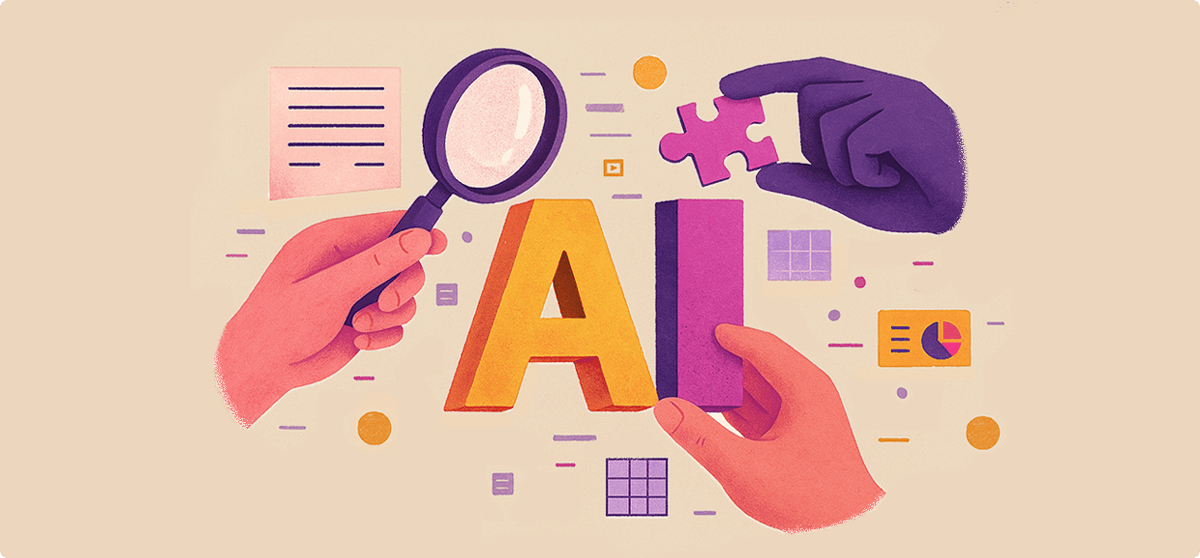{{cta('187671668856')}}
With AI transforming the workplace, businesses need to upskill faster than ever. But without accurate skills verification, it’s difficult to know where the gaps lie. Assessments allow organizations to identify AI skills gaps and develop learning strategies in line with business objectives.
AI isn’t just driving demand for skills assessments; it’s also changing how they’re delivered. By integrating AI into assessment workflows, organizations can more easily define, design, and build reliable skills assessments.
Workera founder and CEO Kian Katanforoosh discussed AI and skills assessments on a recent episode of the “Generative AI in the Real World” podcast from O’Reilly.
Let’s take a look at five key takeaways from the conversation.
- The demand for accurate skills verification is increasing
When people hear “skills assessment”, they often think about the SAT, TOEFL, or even a driving test. However, skills assessments go beyond official examinations. From job applications to project assignments, we constantly need to demonstrate and verify our professional capabilities.
Outside the workplace, measuring skills allows us to identify and address knowledge gaps that are holding us back. Skills assessments help us choose the right subjects to study, books to read, or podcasts to listen to for our personal development.
With skills data informing so many areas of our lives, “the market for accurate skills verification is extremely large and continues to grow,” Katanforoosh explained.
- AI has fueled the need for skills assessments
The rise of AI means “people in every job need to update their skills much faster,” said Katanforoosh. The average half-life of skills used to be over ten years; now, it’s around four. In some tech fields, it’s dropped even further, with employees needing to update their skills every two and a half years.
The decreasing half-life of skills is reshaping approaches to human resources. AI skills such as prompt engineering — creating inputs to get the best possible responses from an AI model — are replacing traditional, static job requirements. L&D strategies are also shifting toward continuous, adaptive learning as organizations race to future-proof their workforce.
- AI feeds into every stage of skills assessments
Designing a good assessment is extremely difficult, but artificial intelligence can help streamline the process. AI feeds into every stage of the skills assessment workflow, improving the quality and reliability of the end results.
- Before creating the assessment: AI defines what to measure and makes sure those skills are relevant to the employees’ current or future roles.
- Creating the assessment: AI helps build the original assessment and then adapt it for different industries or geographical locations.
- During the assessment: AI provides synthetic users to judge the assessment. Are some questions too hard? Does one question give away the answer to another?
AI agents, with a human in the loop, can then be used to monitor and update the assessment as required.
- The focus of coding assessments needs to change
Coding and programming have evolved significantly over the last few years, and skills assessments need to keep pace. It makes little sense to ban developers from using AI coding tools in assessments when their use is widespread in real-life scenarios.
A missing comma or colon in a line of code is no longer a big issue. Developers using AI coding assistants can avoid such syntactic mistakes and quickly debug to fix human errors. For this reason, coding assessments should focus on a candidate’s ability to analyze and synthesize new information rather than syntax.
- Workera flips the purpose of skills assessments
Historically, assessments have been used for conclusive purposes: pass or fail. Assessments have not been designed for learning or personal development — job applicants receive little feedback on assessments taken as part of the recruitment process.
Workera shifts assessments away from the “pass or fail” mentality. With insights from Workera’s skills intelligence platform, “people know where they stand, they can compare themselves to benchmarks in order to make the right career decisions or simply to decide what to study next,” said Katanforoosh.
The importance of skills assessments now lies in their ability to identify what employers can offer their employees, not the other way around. With accurate skills verification, employers can assign employees tasks that match their skill set or offer them relevant courses and support. “The purpose of assessments is different, and the technology is different as well,” concluded Katanforoosh.
Listen to “Generative AI in the Real World: Measuring Skills with Kian Katanforoosh” for more on AI and skills assessments.
{{cta('187671668856')}}
You can also dive deeper into some of the topics discussed with our leader’s guide to building an AI-ready workforce.
Category
Blog





